Julia Child’s best-ever tips for cooking perfect chicken
Mastering the art of cooking chicken
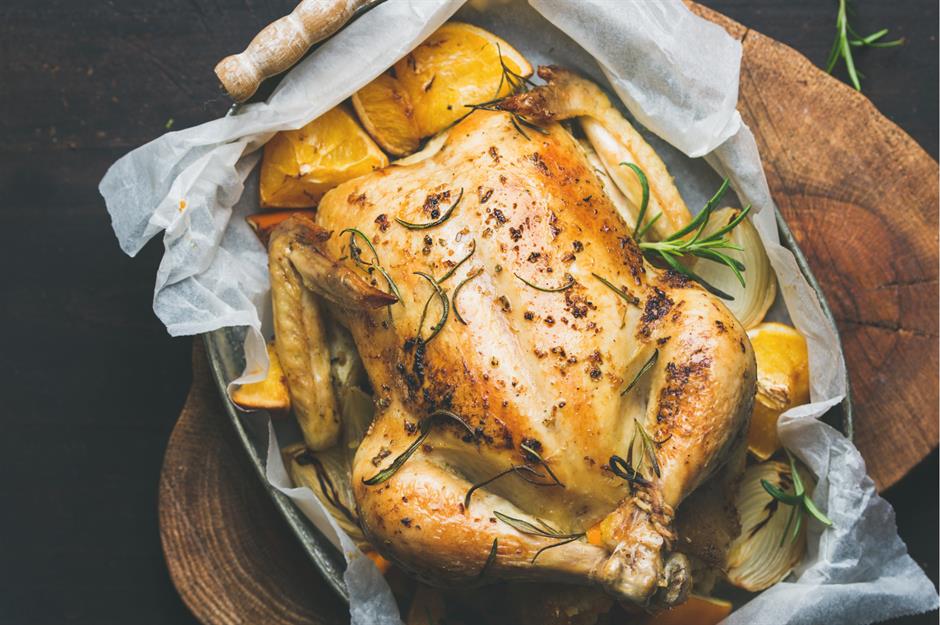
When it comes to getting things right in the kitchen, Julia Child was the go-to cooking expert for generations. She first appeared on US television in 1963 with her show The French Chef, teaching us how to cook with her straight-talking approach. Here we look at her best tips for cooking chicken so you can avoid dry meat and achieve crispy skin every time.
Trim the elbows and remove the wishbone

When preparing a whole roast chicken, Julia trims the 'elbow' knobs and removes the wishbone – two quick tricks that are well worth it later on. According to Julia, a whole chicken looks more presentable like this and is much easier to carve.
Dry the chicken skin and meat before cooking
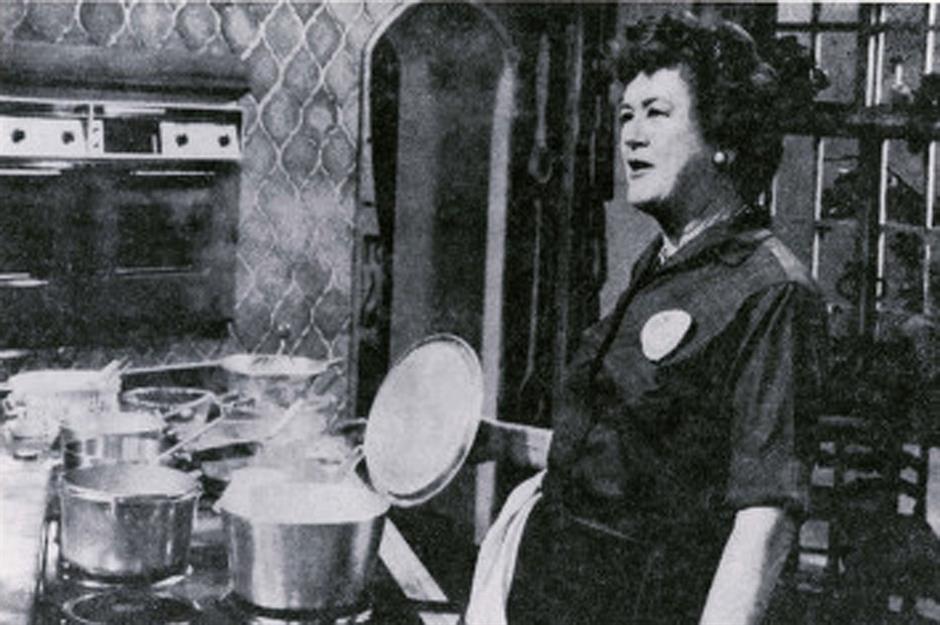
Julia insists that just a few moments drying the meat with a clean piece of kitchen roll is time well spent. Otherwise, residual surface moisture ends up steaming the chicken when it cooks. This tip will help brown and crisp up the skin.
Truss your chicken

Trussing (tying up the bird with kitchen twine) is a classic technique when roasting a chicken whole. In The French Chef, Julia trusses chicken so it cooks evenly and holds together throughout roasting, basting and turning. It also makes it easier when moving the bird to the carving board to rest.
Don’t stuff roast chicken
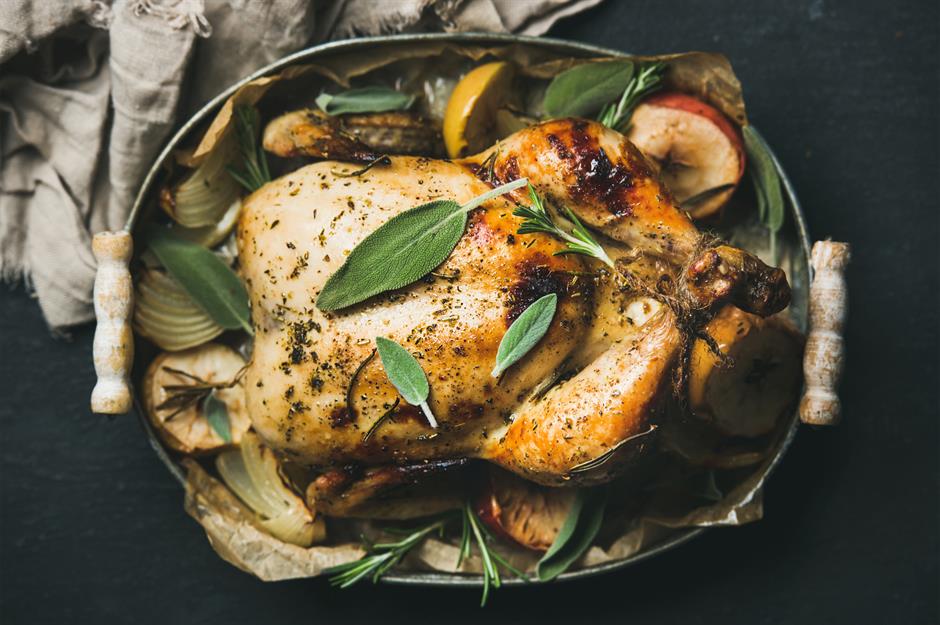
An empty cavity means the chicken cooks quicker and more evenly. Julia once said you should only stuff a chicken if you want to make the meat go a lot further. Otherwise, you'll get the best results if you roast your bird as it is.
Put butter, seasoning and herbs inside the cavity
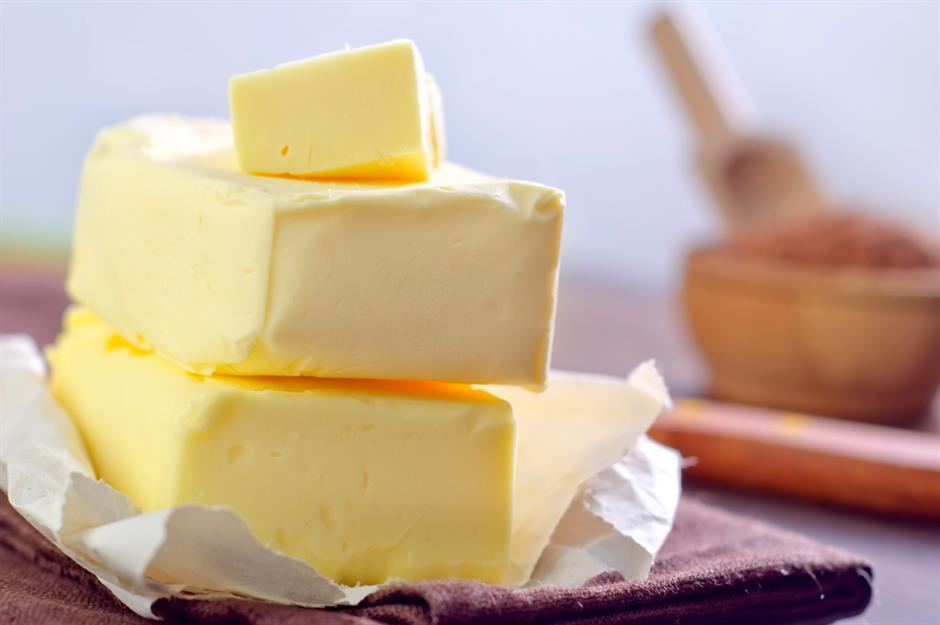
Instead of stuffing a chicken, Julia adds flavour by placing a dab of butter, seasoning and herbs inside the cavity. She doesn’t spread the butter out, but allows it to roll around and baste the interior when the chicken is in the oven. She also recommends a quarter teaspoon of salt, half a teaspoon of dried or fresh tarragon, a chopped shallot for a gentle onion flavour and parsley leaves.
Add some lemon to roast chicken
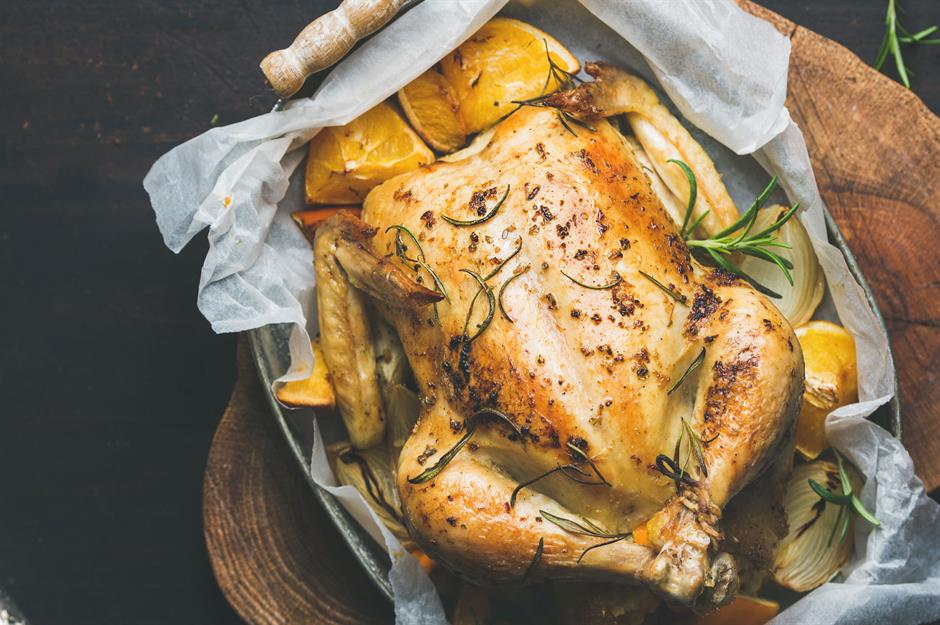
In her favourite roast chicken recipe, Julia puts lemon slices inside the cavity and brushes one tablespoon of lemon juice over the whole chicken halfway through roasting. This crisps up the skin and gives it a delightful lemon tang.
Use butter to get the crispiest chicken skin
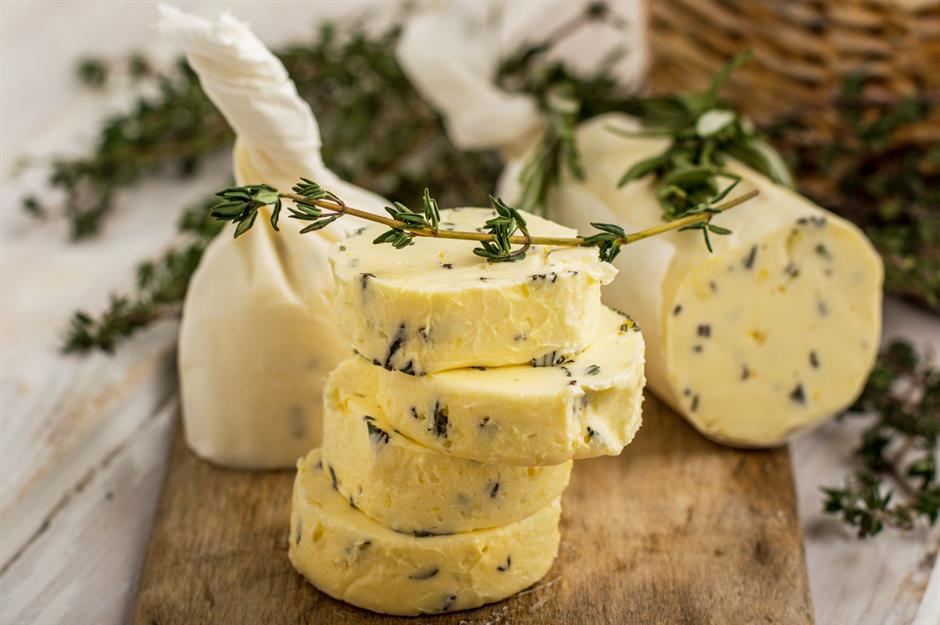
Julia always rubs her roast chicken in butter. She believes everything tastes better with fat and that butter is the secret to really crispy skin. In The French Chef she says, “no matter what way you're going to cook it, chicken should have a butter massage.”
Cook your roast chicken on fresh vegetables
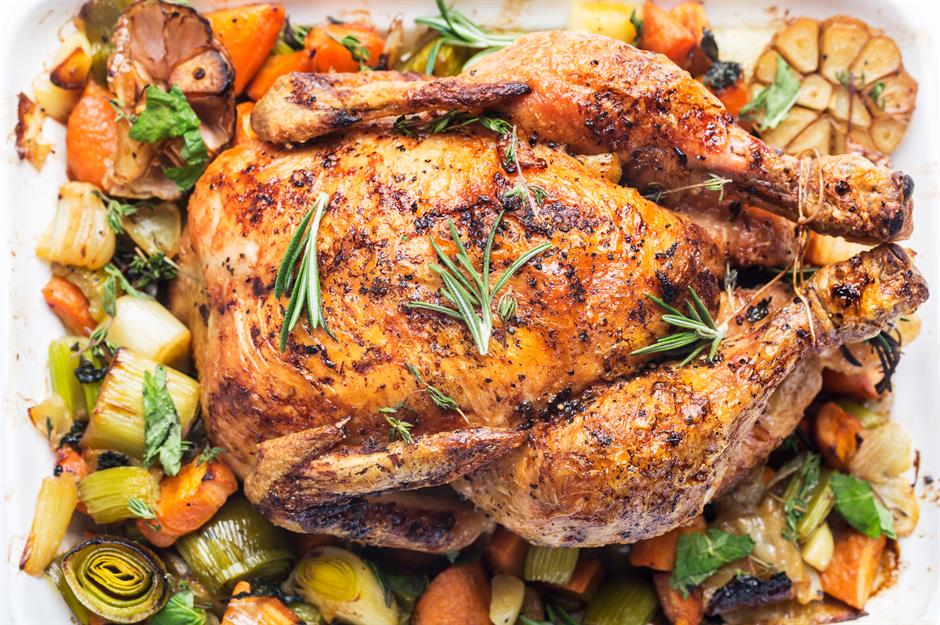
In Mastering the Art of French Cooking, Julia shares her recipe for poulet poêle a l’estragon, or casserole-roasted chicken. For this dish, Julia roasts chicken over a bed of chopped carrots and onions – the chicken's juices drain and impart a meaty flavour on the roasted veg.
Always baste your chicken
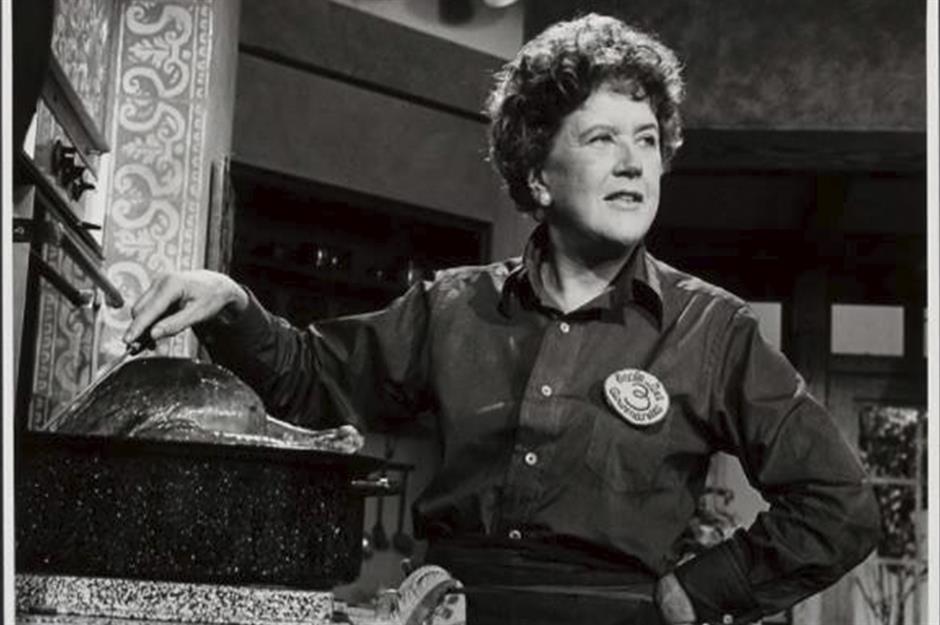
You should regularly scoop the juices and melted butter back over the chicken skin to get a lovely crispy texture and evenly cooked meat, according to Julia. But time is of the essence when basting, she says in Mastering the Art of French Cooking. If you leave the oven door open too long, the temperature will drop. This risks the bird taking longer to cook, the meat drying out and the skin never achieving that sought-after crispiness.
Roast chicken on each side for the juiciest meat
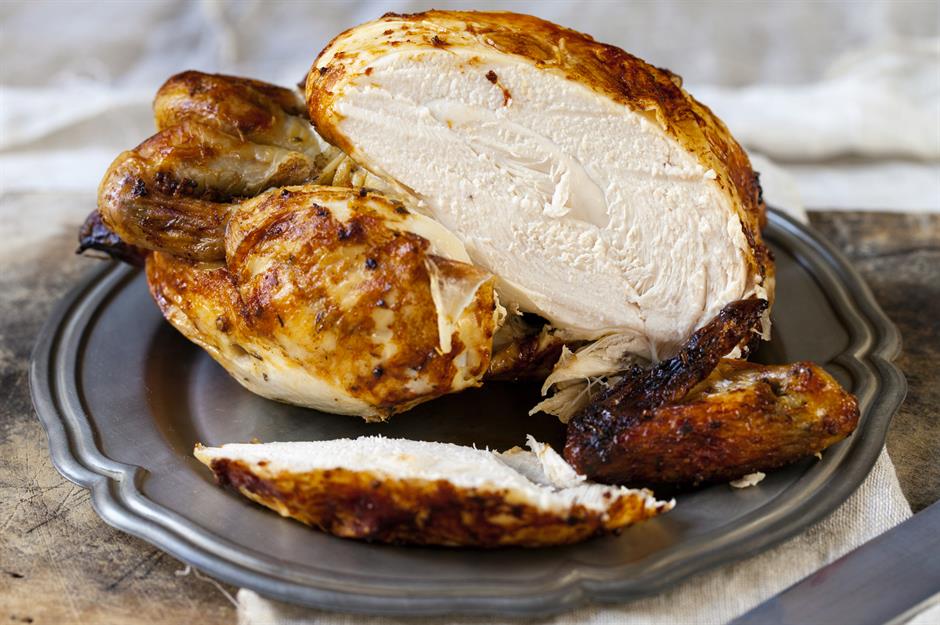
Julia’s ultimate tip for the perfect roast chicken is to cook its sides as well as its back. The juices then run into the breast and leg, and the whole bird is flavoursome. In Mastering the Art of French Cooking, she suggests browning the chicken at around 220°C (425°F) for 15 minutes, back side up, then rotating it onto its left side for five minutes and onto its right side for five minutes, basting with every rotation. Next, lower the oven to 175°C (350°F) and keep the chicken on its right side.
Season chicken breasts with lemon, salt and pepper
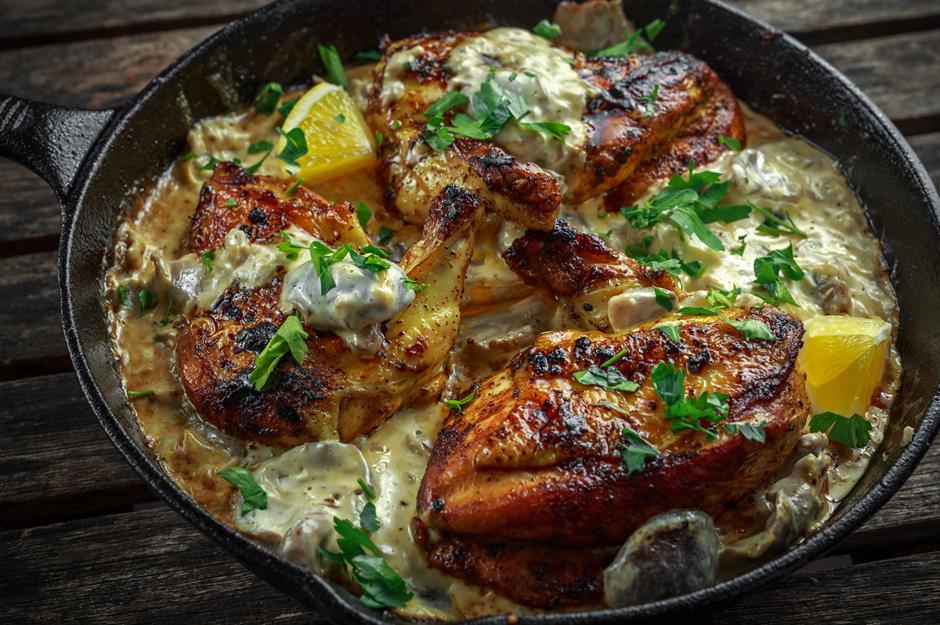
For a subtle or creamy chicken dish like Julia’s chicken supreme, she rubs chicken breasts with drops of lemon juice and a sprinkle of salt and pepper. She believes this helps the flavour get right inside the meat.
Adjust the salt at the end of cooking
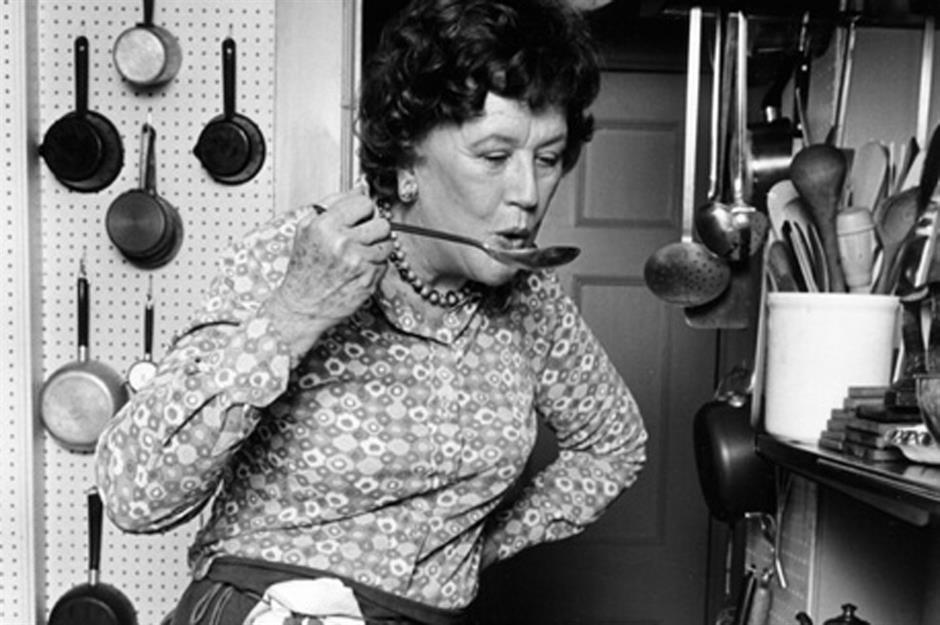
In Cooking with Master Chefs, Julia advises that seasoning too much while cooking can ruin food. As sauces like chicken gravy reduce, the flavour intensifies and the salt content increases, she says. Sprinkle in salt at the end of cooking, rather than at the beginning, to avoid an unpalatable end result.
Use fresh herbs with chicken
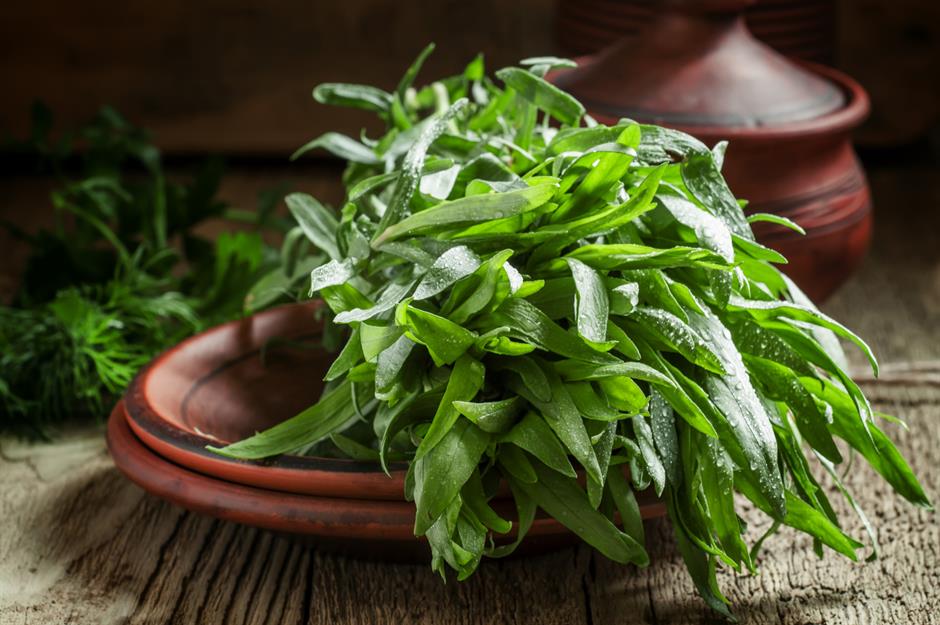
Julia believes fresh herbs are preferable to frozen or dried, but says if they’re not fresh you should check if they still have their original taste and fragrance before cooking with them. In Mastering the Art of French Cooking, she says classic French cooking uses far fewer herbs than most Americans would think – their purpose is to accent and complement, but never to dominate.
Use dry white wine to cook with chicken
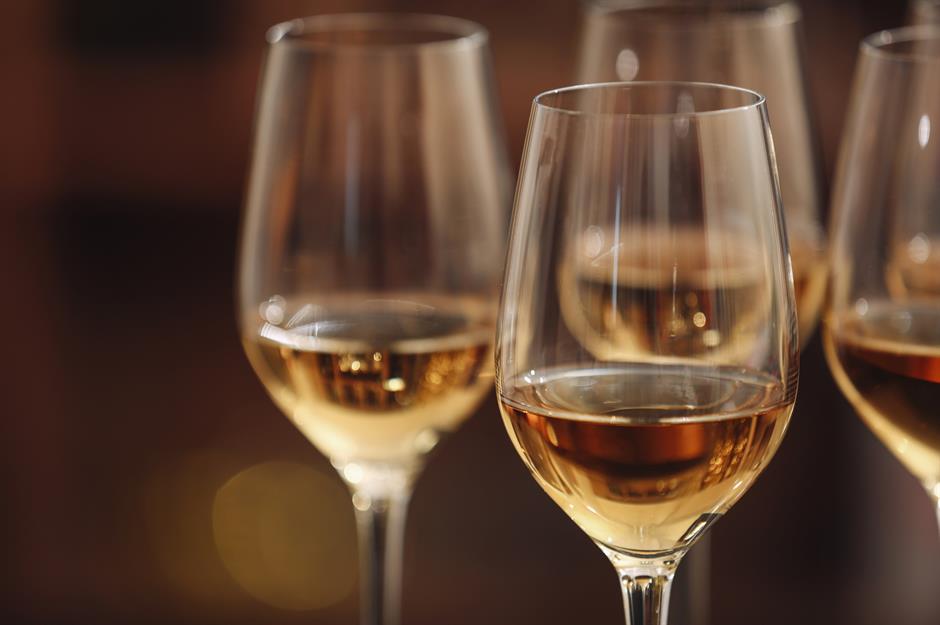
White burgundy, côtes du rhône and other dry, full-bodied white wines work well when cooking with chicken, Julia advises in Mastering the Art of French Cooking. Another of her best tips is to use French vermouth for something less acidic. Handily, vermouth also keeps better than wine.
Don’t overcrowd the pan
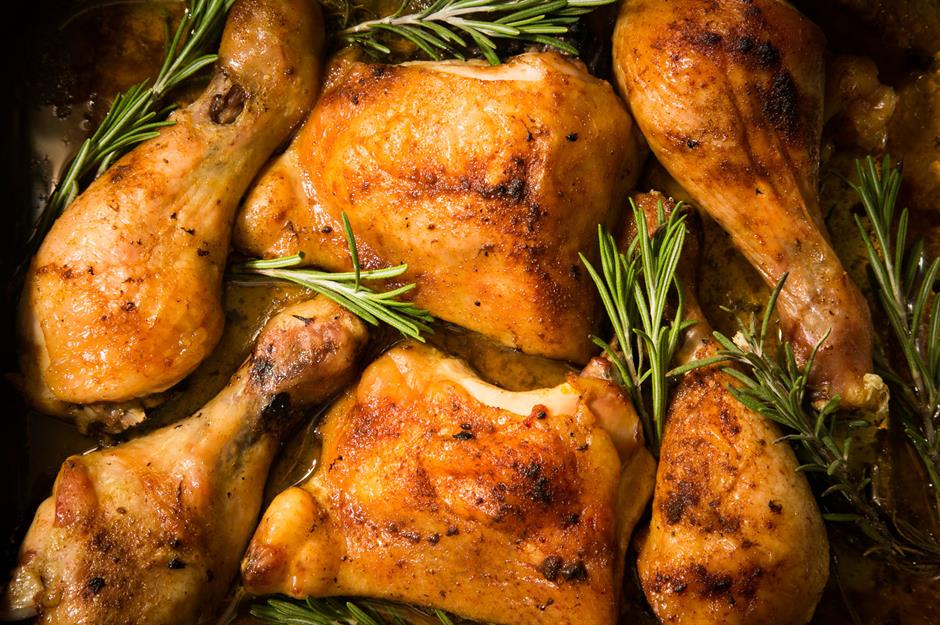
Julia always warns against overcrowding the baking tray or frying pan when cooking several pieces of chicken. Otherwise your chicken pieces will become too moist and the skin won't get crispy.
Clear juices mean chicken is cooked
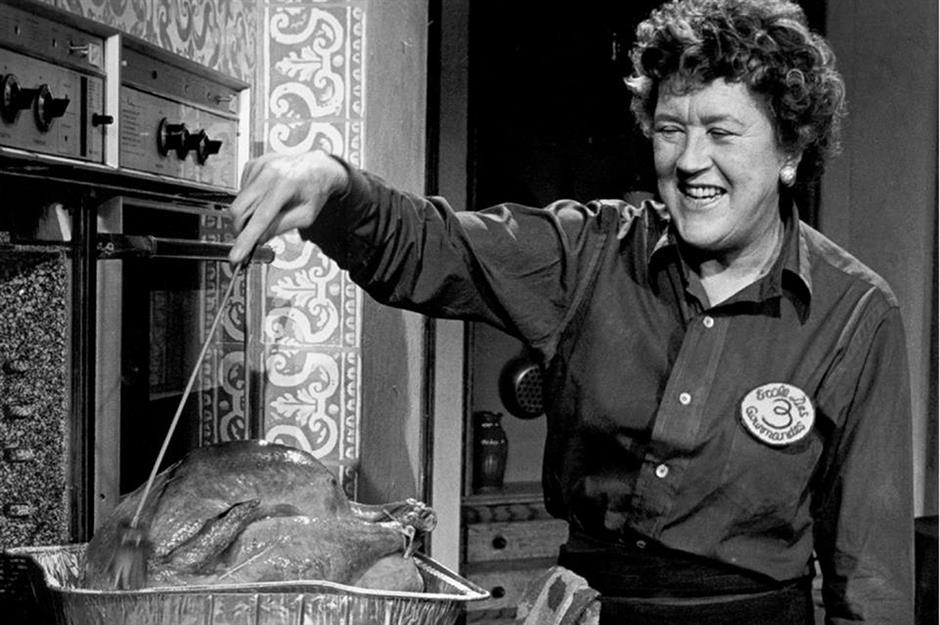
Julia hates the thought of overcooked chicken and has a number of checks to tell if it's cooked, which she details in Mastering the Art of French Cooking. She pinches drumsticks to check if they're tender and says when fully cooked chicken is pierced with a fork or sharp knife, the juices should run a clear yellow, not pink.
Deglaze your pan to make a richer chicken sauce
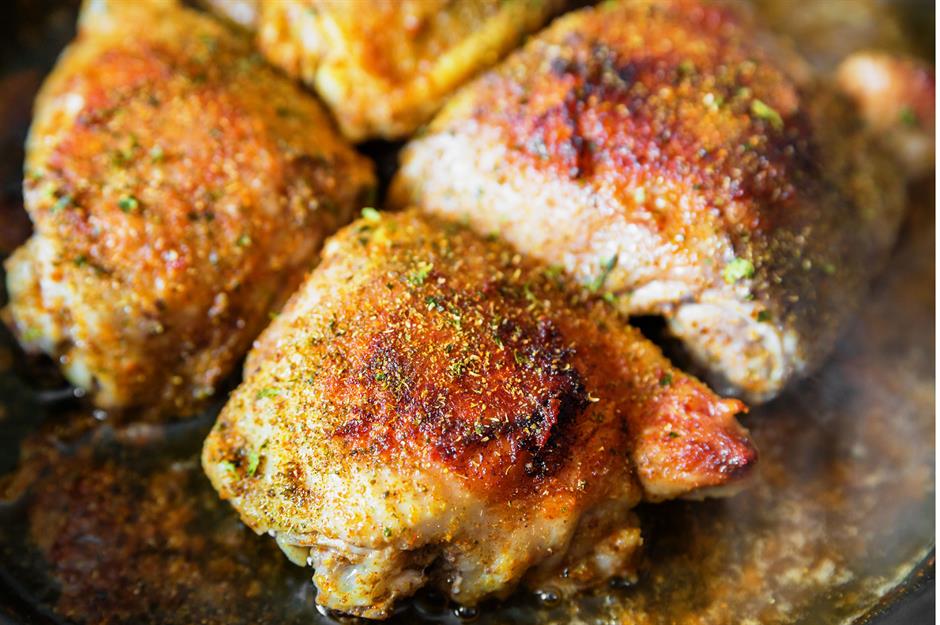
After searing chicken, make your sauce by swirling some wine or stock around the pan. According to Julia, this releases the sweet, crispy browned bits of meat from the pan and improves the flavour of the sauce.
Use a sieve to fix lumpy gravy

Lumpy chicken gravy is no problem for Julia – the fine sieve was made for this, she explains in Mastering the Art of French Cooking. Simply force the sauce through the sieve or whizz it up in an electric blender. Julia also serves gravy in a hot gravy boat, which is a great way to keep it warmer for longer.
Read more: Everything you need to know about cooking chicken
Prepare chicken fricassée in advance
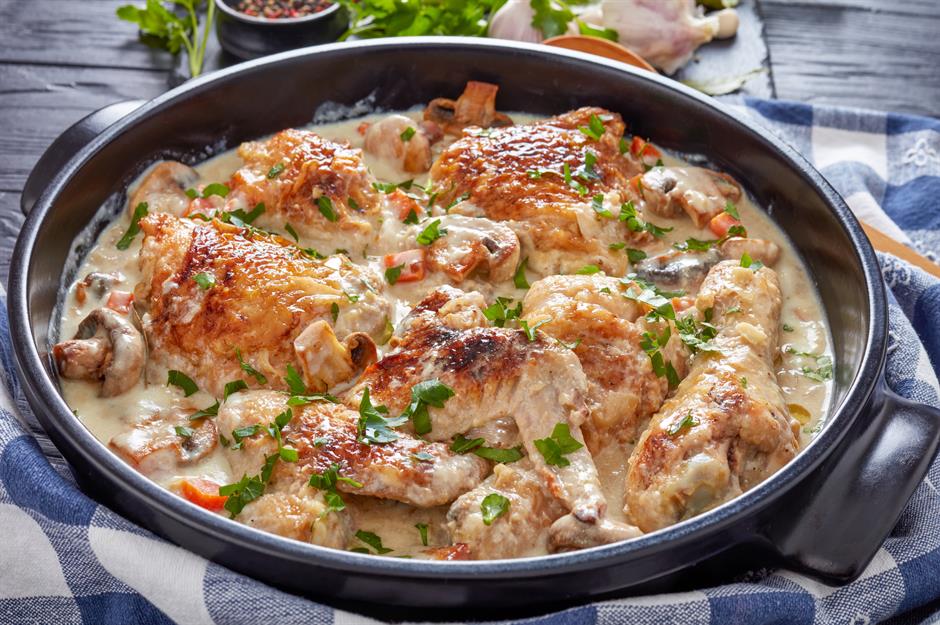
In Mastering the Art of French Cooking, Julia gives us the much appreciated advice that chicken fricassée is a make-ahead dish. Once cooked, create a film over the top with butter or stock and “it can now wait indefinitely”. In fact, the dish will have even more flavour if you leave it a day or two. When you’re ready, skim the fat off the surface and very gently reheat over a low flame.
Read more: Retro dishes that deserve a comeback
Don’t worry about mistakes
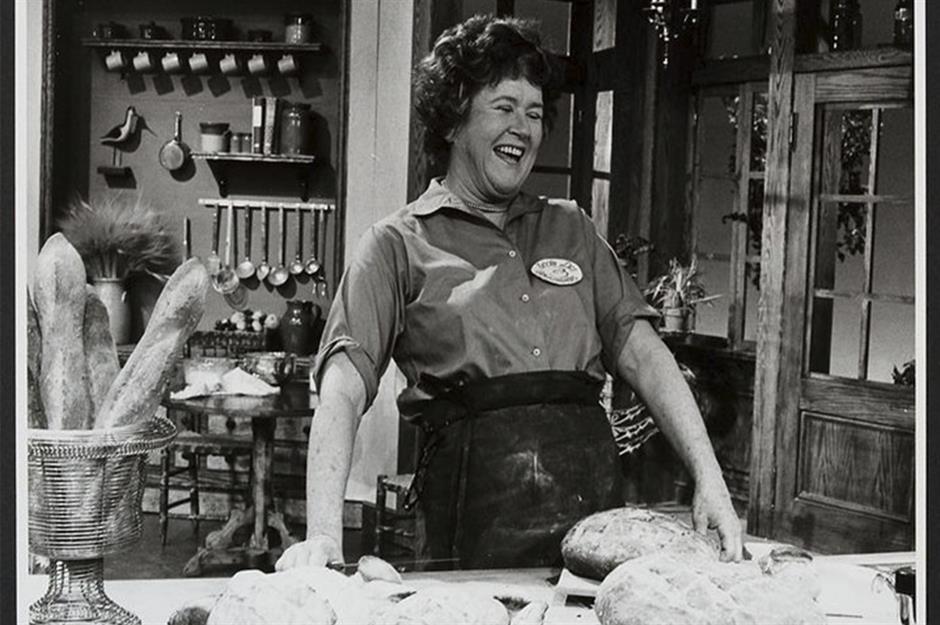
Julia’s most important lesson is to always cook with love and laughter. As she so wisely said: “Always remember: if you’re alone in the kitchen and you drop the lamb, you can always just pick it up. Who’s going to know?"
Read more: Finger lickin’ chicken recipes better than takeout
Comments
Be the first to comment
Do you want to comment on this article? You need to be signed in for this feature
Most Popular
Reviews 31 unbelievably sugary cereals from around the world